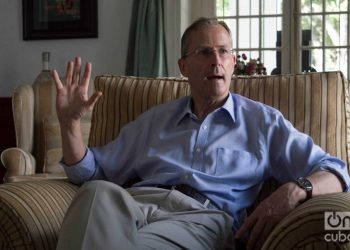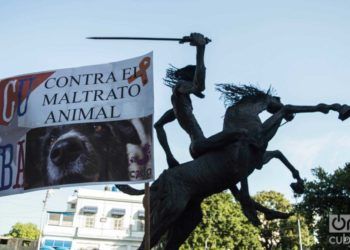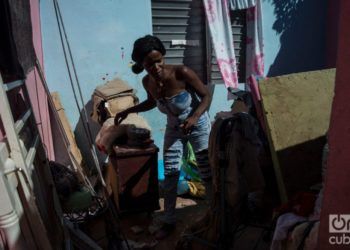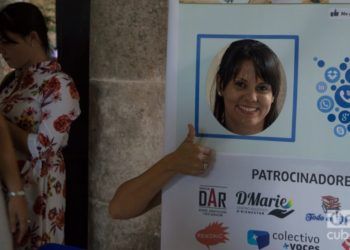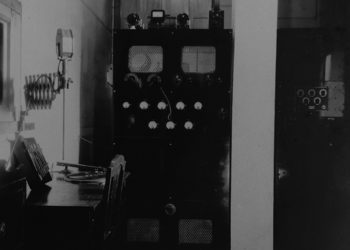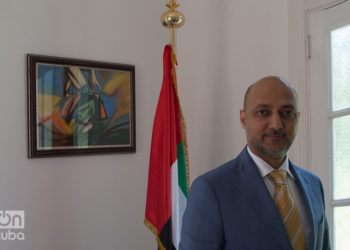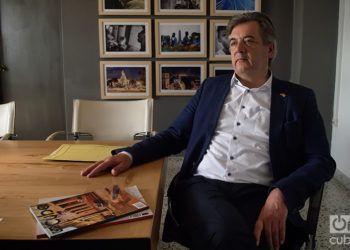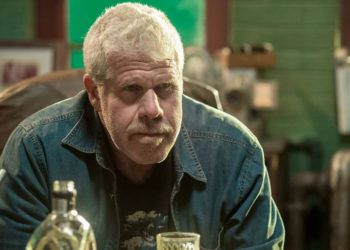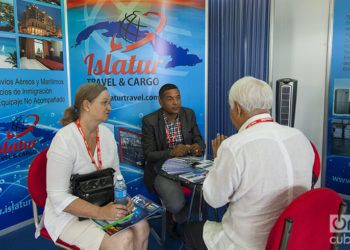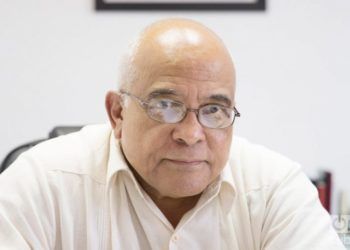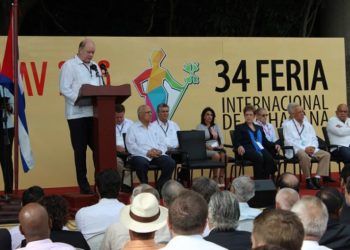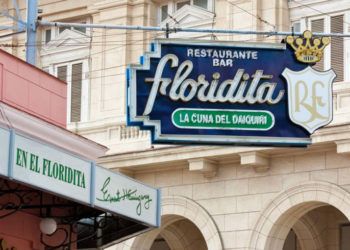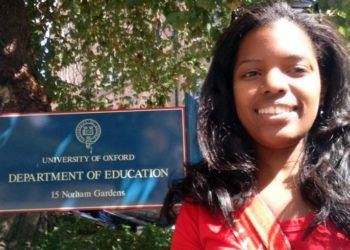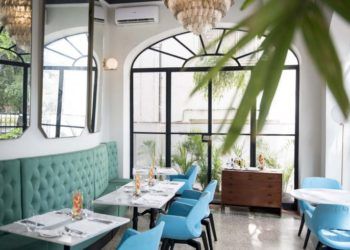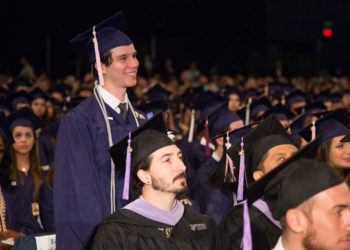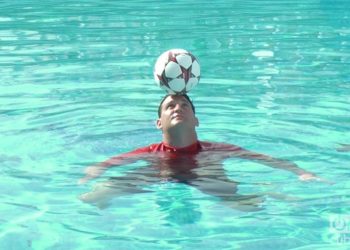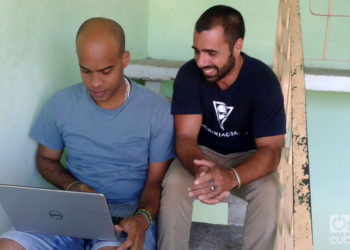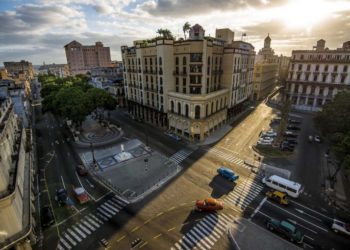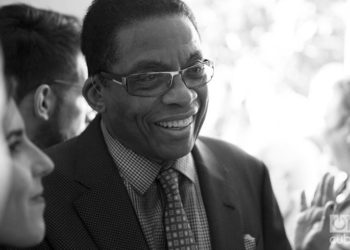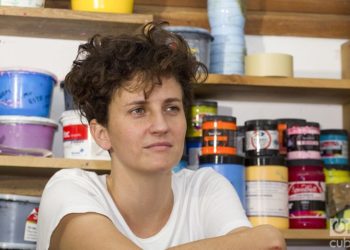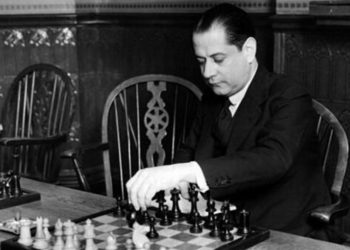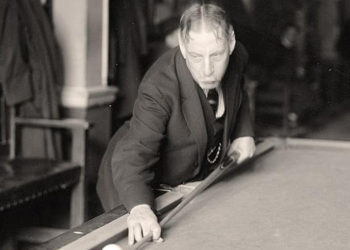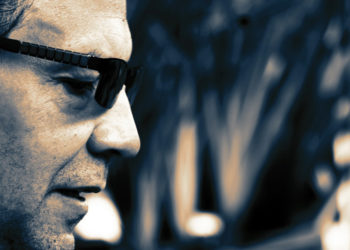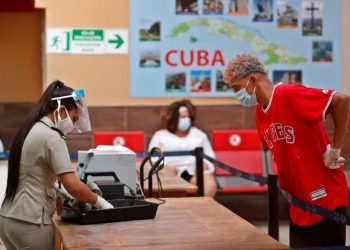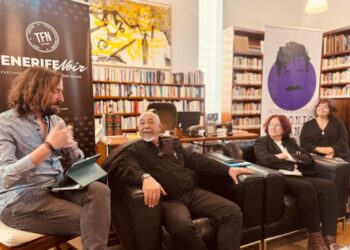United Kingdom and Cuba, “in a positive and cooperative direction”
Three weeks ago, relations between Cuba and the United Kingdom lived a momentous moment with the trip of the Prince of Wales and the Duchess of Cornwall to the Island. Never before had a member of the British Royal House trod Cuban soil on an official visit. The symbolism and the impact of this fact are indisputable. "Although it was not a government visit, but a Royal one, due to its scope and extension it demonstrated the two countries’ progress in bilateral relations and the will to continue advancing," Mr. Antony Stokes, Ambassador of the United Kingdom in Havana, told OnCuba. "The visit was very substantial and emotional, with many different elements, which served for the Prince and the Duchess to learn about Cuban culture and life and to exchange with the people, not only with President Miguel Díaz-Canel and other government representatives, which was very important, but also civil society: artists, entrepreneurs, members of community projects, with people in the streets, something that interested them very much. "In addition, it allowed for showing substantive cooperation and bilateral exchange projects, and also for direct meetings by officials of our government, who accompanied Their Royal Highnesses, with Cuban Foreign Minister Bruno...


